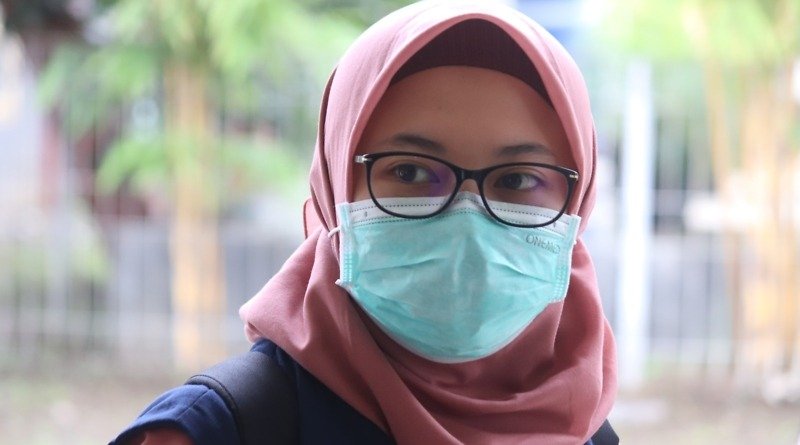Air Pollution Control in Forex Trading: A Comprehensive Guide
The steady growth of the global foreign exchange (forex) market in recent years has highlighted the need to ensure effective air pollution control for trading operations. As a major contributor to global air pollution, forex trading must be managed and monitored properly to ensure long-term sustainability. In this article, we will examine the current state of air pollution control in the forex industry, assess any potential risks, and suggest strategies for mitigating such risks.
Introduction to Air Pollution Control
Air pollution control is the process of minimizing or reducing the amount of air pollutants that enter the environment. In the early days of industrial revolution, it was seen necessary to implement rules and regulations to protect the public from the ill-effects of air pollutants. The objective of air pollution control is to reduce the air pollutants which can contribute to air pollution and its associated health impacts. In most countries, air pollution control strategies are implemented by government agencies such as Environmental Protection Agency (EPA) or regional organizations such as Regional Air Pollution Control Authority (RAPCA).
Air pollution control reviews can play an important role in the overall strategy to achieve pollution control. These reviews can provide an overall picture of the air pollution situation in a particular area and can provide an opportunity to make changes when necessary. Such reviews can review current air pollution regulations, suggest changes in current regulations that are necessary to achieve desired environmental outcomes, and measures that are appropriate in order to reach a desired pollution level. The reviews can also review the effectiveness of the existing air pollution control measures and determine which measures should be modified to achieve desired outcomes.
Air Pollution Control Technologies
The various pollution control technologies are designed to reduce air pollutants by capturing and treating them. Common air pollution control technologies include scrubbers, absorbers, dust collectors, catalytic converters, furnace filters, recirculators and flue gas desulfurization systems. Scrubbers use water to capture and remove airborne pollutants from the atmosphere. Dust collectors are used to remove particulate matter from the air by passing air through multiple layers of filters. Catalytic converters are used to convert pollutants into less harmful forms. Furnace filters are employed to capture dust particles from the flue gas. Flue gas desulfurization systems are used to remove sulfur dioxide from the air.
There are also other air pollution control technologies that can be employed in order to reduce pollutants. These include emission control strategies such as catalytic reduction, catalytic oxidation, and control of emissions sources. Some air pollution control technologies may also be implemented using advanced monitoring and control systems. These systems can be used to monitor and control air pollutants over larger areas.
Benefits of Air Pollution Control Reviews
Air pollution control reviews can be beneficial to the environment, public health, and industry. Reviews can help improve the air quality by identifying effective and cost-effective solutions to reduce air pollution. This can help to reduce the adverse impacts that air pollutants can have on the environment and public health. Reviews can also help industry to reduce their air pollution emissions and improve their efficiency. Furthermore, reviews can provide valuable information about the performance of existing air pollution control technologies and can be used to identify improvements that could be made.
Air pollution control reviews can also provide important insight into the performance of emission control systems. Reviews can be used to compare different approaches to control air pollution and can help to identify weaknesses in existing systems or suggest improvements that could be made. Reviews can also help to identify technologies that could be deployed to reduce air pollution in a cost-effective manner. Finally, reviews can provide a baseline of knowledge which can be used to identify future areas of research.
